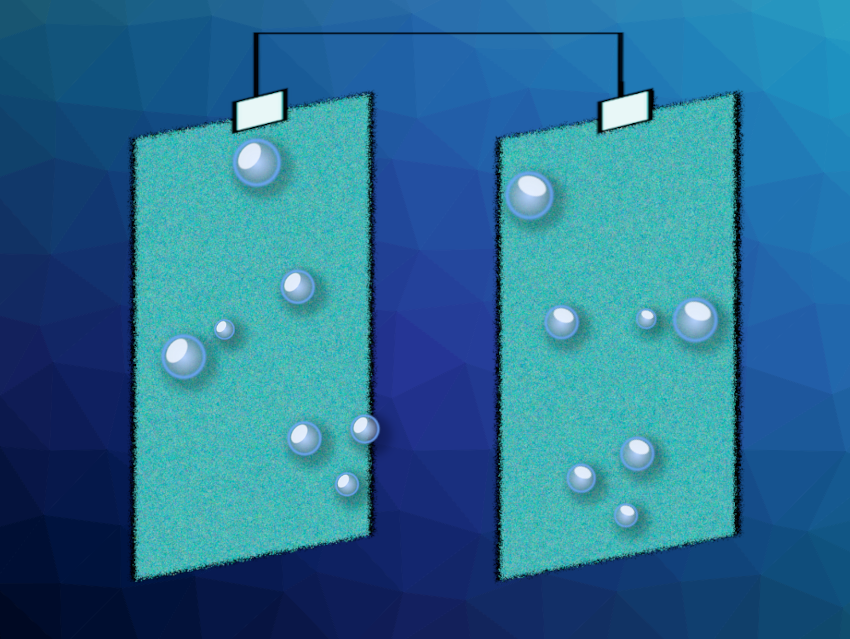Generating hydrogen from seawater using renewable electricity could be a useful path to creating sustainable fuel. However, the high salt concentration and the kinetic unfavorability of water oxidation to O2 over the oxidation of chloride to Cl2 hamper the development of catalytic systems for seawater splitting. High-performance catalysts for the oxygen evolution reaction (OER) would be useful. Corrosion and catalyst deactivation are additional problems. Transition-metal nitrides are promising, corrosion-resistant catalyst candidates, but their performance in seawater has not been well-studied.
Andreu Cabot, Catalonia Institute for Energy Research (IREC), and Institución Catalana de Investigación y Estudios Avanzados (ICREA), both Barcelona, Spain, Junshan Li, Chengdu University, China, and colleagues have found that cobalt molybdenum nitride, supported on nitrogen-doped carbon nanosheets, can be used as an effective seawater splitting electrocatalyst. The team used the cobalt-based metal–organic framework (MOF) ZIF-67 as a sacrificial template. The MOF was combined with ammonium molybdate tetrahydrate to prepare precursors containing Co and Mo, which were then calcined at 500 °C under an ammonia atmosphere.
The team obtained the desired cobalt molybdenum nitride on nitrogen-doped carbon nanosheets (MoN–Co2N NSs). The product has a porous structure that allows for fast diffusion of the reactants and the formation of bubbles. The team tested the catalyst for both oxygen and hydrogen evolution in a seawater-based electrolyte and found high performance for both half-reactions. Thus, the developed nitride-based material could serve as a bifunctional catalyst for the overall splitting of natural seawater.
- Cobalt Molybdenum Nitride-Based Nanosheets for Seawater Splitting,
Xiang Wang, Xu Han, Ruifeng Du, Congcong Xing, Xueqiang Qi, Zhifu Liang, Pablo Guardia, Jordi Arbiol, Andreu Cabot, Junshan Li,
ACS Appl. Mater. Interfaces 2022.
https://doi.org/10.1021/acsami.2c09272




